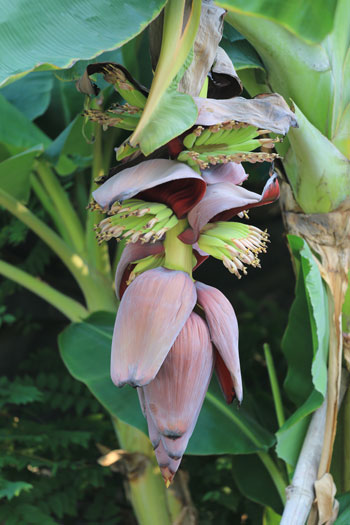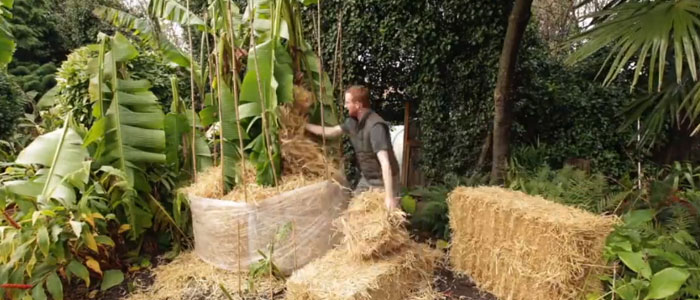 The banana or plantain tree requires warm weather and constant humidity in the air. They need an average temperature of 26-27 °C, with prolonged and regularly distributed rains.
The banana or plantain tree requires warm weather and constant humidity in the air. They need an average temperature of 26-27 °C, with prolonged and regularly distributed rains.
For the cultivation of banana trees is preferable humid plains near the sea, sheltered from the winds and irrigable zones. Also, their growth stops at temperatures below 18 °C, resulting in damage to the trees at temperatures below 13 °C and higher than 45 °C.
That is why our archipelago in the Canary Islands has become the ideal place to cultivate this tropical fruit species. In this location, the Canarius plants are being grown for the past years.
In tropical conditions, the natural light does not have much effect on the development of the plant as in subtropical conditions. Although by decreasing the intensity of light, the growth cycle is lengthened. Even the development of the offsets is also influenced by the light quantity and intensity.
The lack of water at any time can cause the reduction of the banana trees in number and size of their fruit, and in the final return of the crop itself.
Wind effects can vary: from causing an abnormal perspiration due to the reopening of the stomata to the laceration of the leaf blade, (most widespread damage) producing losses in the final return of up to 20%. Also, high winds break the petioles of the leaves and the pseudostems, which could result in the rooting out of the whole plant.
A gardener wrapping his banana tree
At Canarius, thanks to our experience in tropical plants, we suggest that, during the winter months and under the threat of frost, it is essential to take precautions for the crop’s protection.
The most common mechanism to do this is to use some coating, such as sheets, blankets, or tarps to protect them from the cold, expressly designed for gardens during the winter.
Below we shared the time-lapse of a gardener wrapping his banana tree ready for winter in his garden in England:
Timelapse: Wrapping the bananas in the Exotic Garden from Chris Ridley on Vimeo.
















